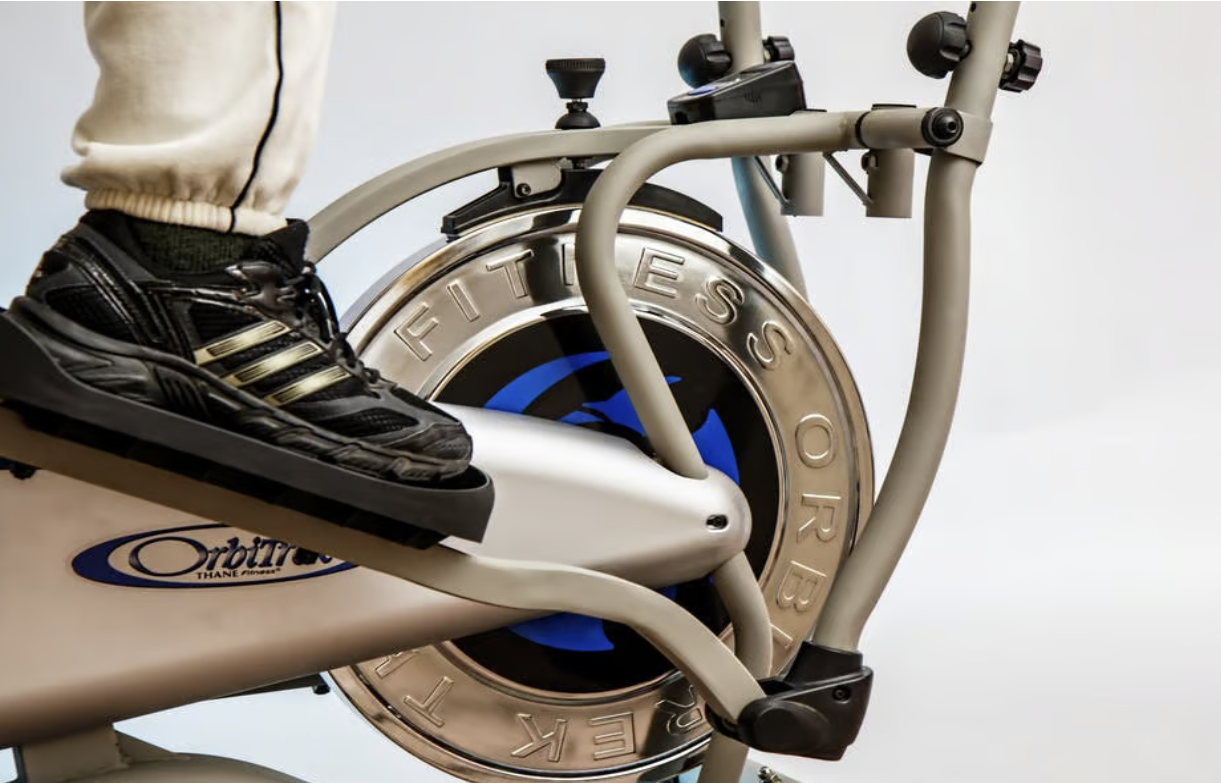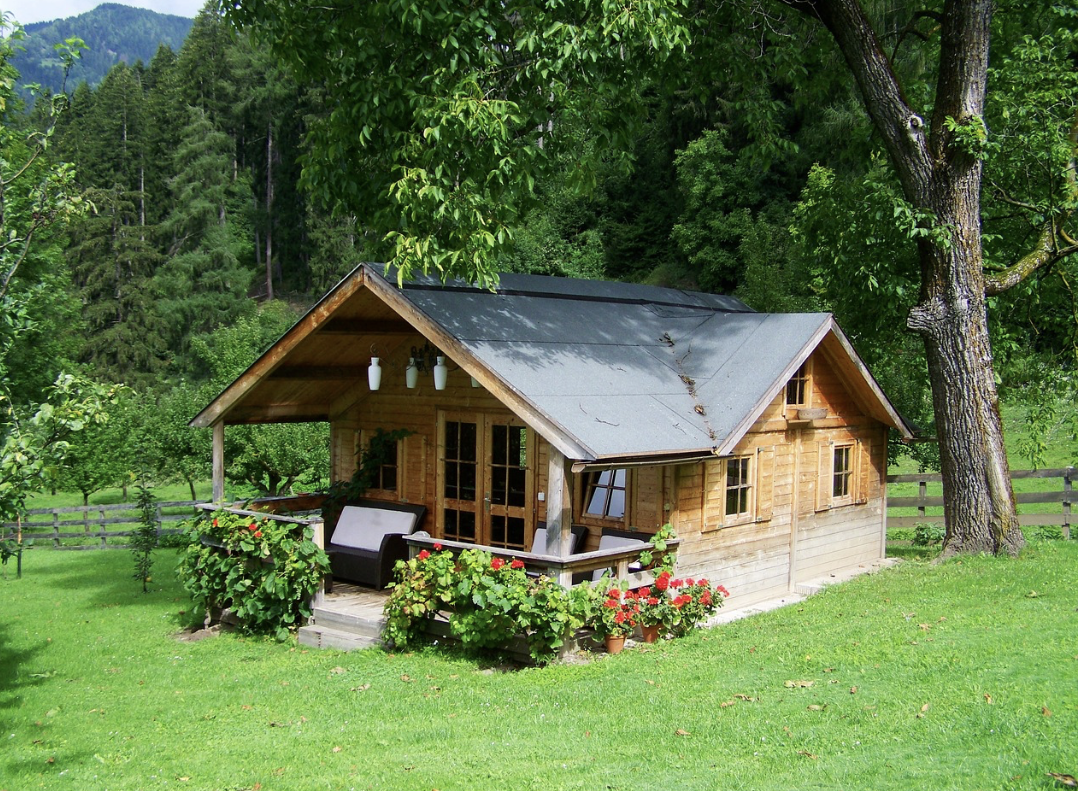Maximizing Space: How to Incorporate a Home Gym in Your Tiny House
Creating a home gym in a tiny house may be a challenge. Still, according to Stripe Property Management company, with thoughtful planning and creativity, it can be an incredibly rewarding venture that promotes a healthier lifestyle. In a world where space is often limited, being intentional about how we use our living areas is crucial. A dedicated workout space motivates you to stay fit and transforms your tiny home into a multifunctional sanctuary that prioritizes well-being and efficiency. This guide will explore practical tips and tricks for incorporating a home gym into your tiny house.
Evaluate Your Space
Look for areas that could be more effectively utilized or repurposed for fitness activities. These could include an empty corner, unused loft space, or even the area under your bed. It's essential to assess the dimensions of these spaces and ensure they are large enough to accommodate the equipment you have in mind.
Another factor to consider is the layout of your tiny house. Is there enough room to move around and perform exercises comfortably? Can the space be rearranged if needed? These are important factors to keep in mind when designing your home gym.
Choosing the Right Equipment
Selecting compact and versatile equipment is crucial when creating a home gym in a tiny house. Avoid large, bulky machines and choose space-saving options such as resistance bands, adjustable dumbbells, and yoga mats. Consider wall-mounted or foldable equipment to maximize your workout area if you have limited floor space.
Another tip is to choose multi-functional equipment whenever possible and incorporate items that serve multiple purposes. For instance, a sturdy bench can be used for strength training, a seat for stretching, or a coffee table. You can source your gym equipment from https://strengthwarehouseusa.com/ to build your dream gym with high-quality, space-saving options. Different types of equipment are available depending on your fitness goals, so be sure to research and choose wisely.
Make Use of Vertical Space
In a tiny house, every inch matters. That's why it's essential to use vertical space when incorporating a home gym. Wall-mounted hooks or shelves can store equipment such as jump ropes, resistance bands, and yoga mats. This frees up valuable floor space and keeps your equipment easily accessible and organized.
You can also consider installing a pull-up bar or suspension trainer attached to the ceiling or wall. These types of equipment take up minimal space but offer many exercises for a full-body workout. Plus, they can easily be tucked away when not in use.
Get Creative with Storage
To integrate a home gym into your tiny house, clever storage solutions are key to maximizing space and staying organized. Use under-bed storage containers to keep weights, mats, or resistance bands out of sight, ensuring your workout area stays tidy, and equipment is easily accessible. Additionally, multifunctional furniture can serve dual purposes; for example, an ottoman with a hollow interior can store gym accessories while providing extra seating.
Repurposing items creatively can help: old bookcases can become storage for kettlebells or foam rollers, and pegboards can hang items like skipping ropes or yoga straps, creating a visually appealing display while saving floor space. Don’t overlook your walls; installing shelves or cabinets offers an efficient way to keep workout gear neatly stored and out of sight, ensuring your tiny home stays functional and clutter-free.
Consider Natural Elements
Integrating natural elements into your tiny home gym can add a touch of serenity and contribute to a healthier workout environment. Position your gym near windows or open the space with skylights to allow natural light in for a more inviting atmosphere. Incorporate plants and greenery to purify the air and bring life into your workout space.
Consider incorporating a small balcony or patio area into your workout routine if outdoor space is limited. This allows you to enjoy fresh air and natural sunlight while creating a dedicated outdoor workout space. A foldable yoga mat or resistance bands can easily be brought outside for a change of scenery and a refreshing workout.
Making Room for Rest and Recovery
While focusing on creating a functional workout space, it is essential to pay attention to the importance of rest and recovery. A tiny home may limit your ability to have a designated rest area, but incorporating elements such as meditation corners or relaxation nooks can benefit your mental and physical well-being. Ensure that your workout routine includes ample time for stretching and cooling down, and consider adding amenities like foam rollers or massage balls to aid in post-workout recovery.
Creating a home gym in a tiny house is not just about maximizing space; it's about fostering a healthier lifestyle and enhancing your overall well-being. By embracing the unique opportunities that a compact living environment presents, you can cultivate a space that inspires regular physical activity and promotes mental clarity. The journey of integrating a gym into your tiny home is a personal one, allowing you to reflect on your fitness goals and preferences.










